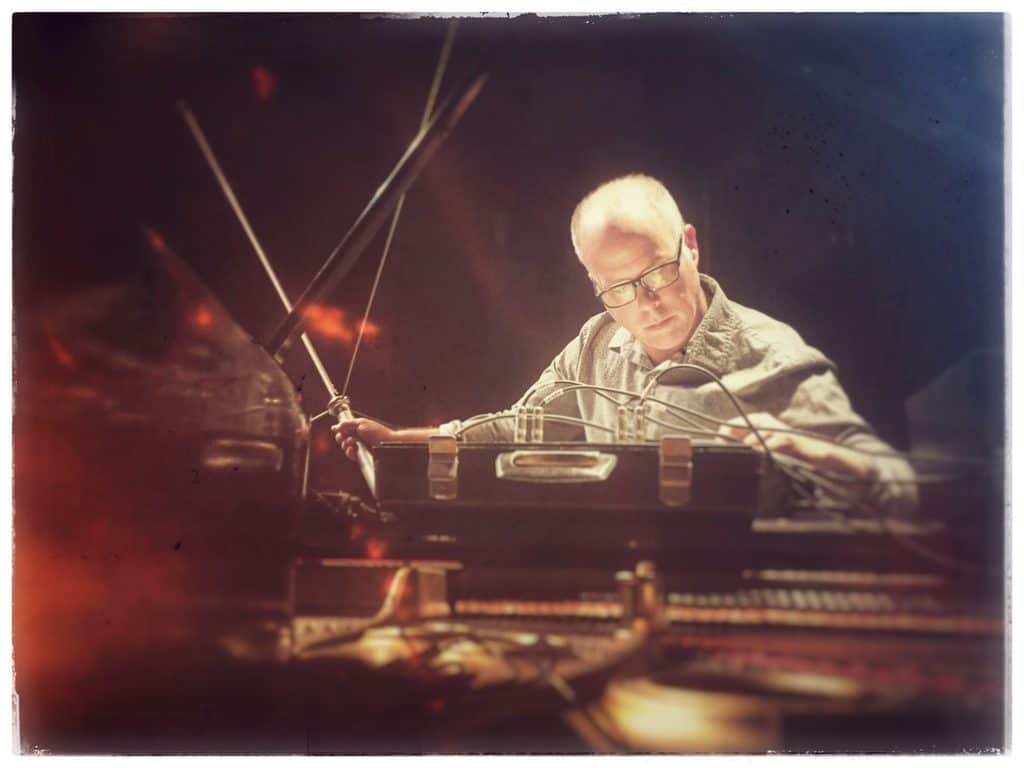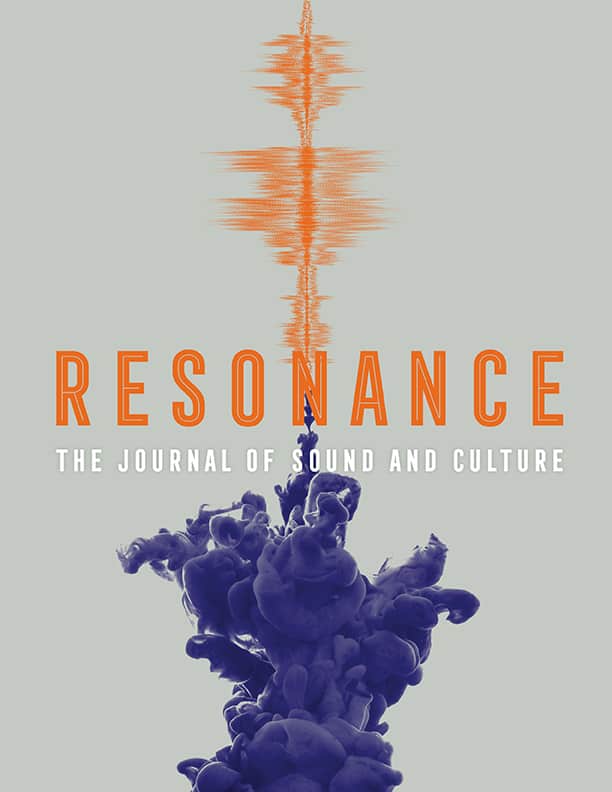We are pleased to introduce Phylis Johnson and Jay Needham, founding editors of Resonance: The Journal of Sound and Culture, which will publish its first issue in March.

Phylis Johnson, PhD, Southern Illinois University Carbondale, is Professor and Director of Journalism and Mass Communications at San Jose State University, and Emeritus Professor of Sound & New Media in the College of Mass Communication & Media Arts at Southern Illinois University, Carbondale. She is the co-founding editor of Resonance: the Journal of Sound and Culture and the former editor of Soundscape: The Journal of Acoustic Ecology and past Editor of The Journal of Radio and Audio Media. She has authored five books in media studies and numerous research chapters and journal articles, as well as gaming and arts reviews and magazine features, more recently focusing on new technologies, particularly virtual and mixed reality. She has presented internationally, and has more than 20 years of media industry experience.

Jay Needham is an artist, musician, and cultural producer who utilizes multiple creative platforms to produce his works, many of which have a focus on sound and site-specific field research. His sound art, works for radio, visual art, performances, and installations have appeared worldwide at museums, festivals, and on the airwaves. His most recent sound installation is on permanent display in the BioMuseo, designed by Frank Gehry in the Republic of Panama. He is the co-founding editor of Resonance: the Journal of Sound and Culture. Needham’s writing appears in the books Hearing Places: Sound, Place, Time, Culture and Moving Sounds: A Cultural History of the Car Radio. His research has been published in Exposure, Soundscape: The Journal of Acoustic Ecology, and Leonardo Music Journal. Needham is a professor in the Department of Radio, Television and Digital Media at Southern Illinois University Carbondale. He received his MFA from the School of Art at California Institute of the Arts.
We sat down with Phylis and Jay to ask them about their research interests, the evolution of Resonance, and the future they see for the journal.
Can you tell us more about your research interests and areas of focus?
We share a fairly diverse range of research interests that span across the field of sound studies and practice. Jay’s research interests focus on sound art, installation, musical performance, sound design for media, radio art, sound conservation, ecology and sustainability, and field-based experiential learning. Phylis has published extensively in media studies, especially on the cultural impact of various technologies. Her research in radio and emerging media, as well as more generally of sound and the study of virtual worlds is often informed by race and gender studies, cultural geography, and her career in radio, involving on-air performance and audio production.
What drew you to the editorship of Resonance?
We were drawn by the opportunity to work with UC Press and of the co-editorship, because we had already been developing ideas together for a new journal of sound for a number of years but we lacked a home for the project. Briefly, we considered the project as a book series, but were ultimately attracted to the journal model because of the fairly rapid response rate of emerging ideas in the field as well as the ability to help create two guest-edited editions a year. We were particularly interested in the cultural aspects of sound, and wanted to explore it in a forum where artists and scholars could help contemplate the greater meaning of sound as a critical factor in all our lives.
How do you anticipate Resonance will influence the scholarship in your field?
By combining the writings of both scholars and practitioners of sound, it is our hope that the research in the journal will inspire critical dialog, new collaborations, artistry and action. To this end, we are striving to create and curate an interdisciplinary publication for sound that provides a unified framework to publish across the wide spectrum that sound studies and practice currently occupy. Ultimately, we would like to promote new ideas and help to sustain a high level of engagement in the field by staying attentive to emerging authors, artists, activists and scholars whose work is creative while at the same time exploratory.
Make sure that you have access to Resonance by asking your library to subscribe. Resonance is part of UC Press’s Music Subject Collection, which offers cost savings to libraries subscribing to all seven of UC Press’s music journals, so you may want to recommend the full collection to your librarian. Interested librarians can find additional details about the Music Subject Collection here.
If you are interested in contributing to Resonance, please take a look at the journal’s submission instructions.
